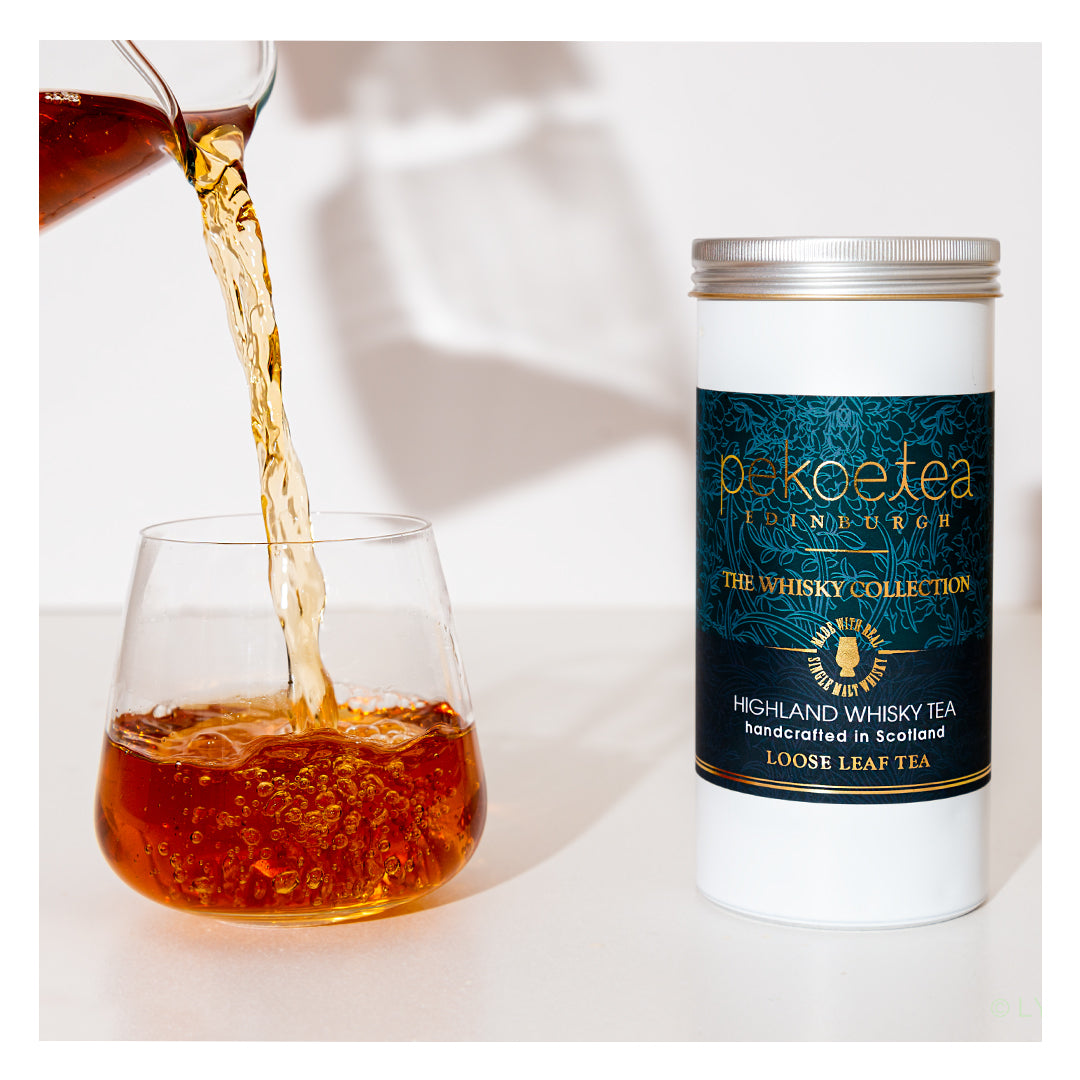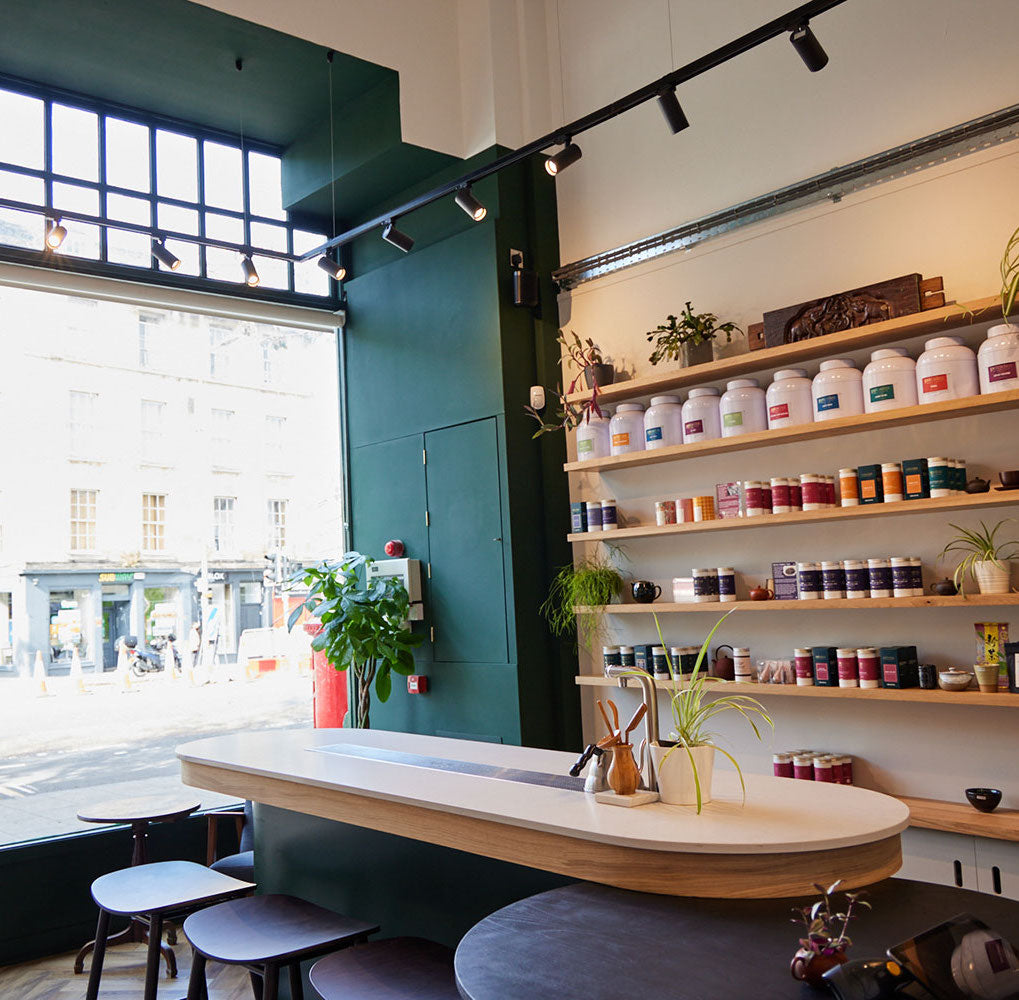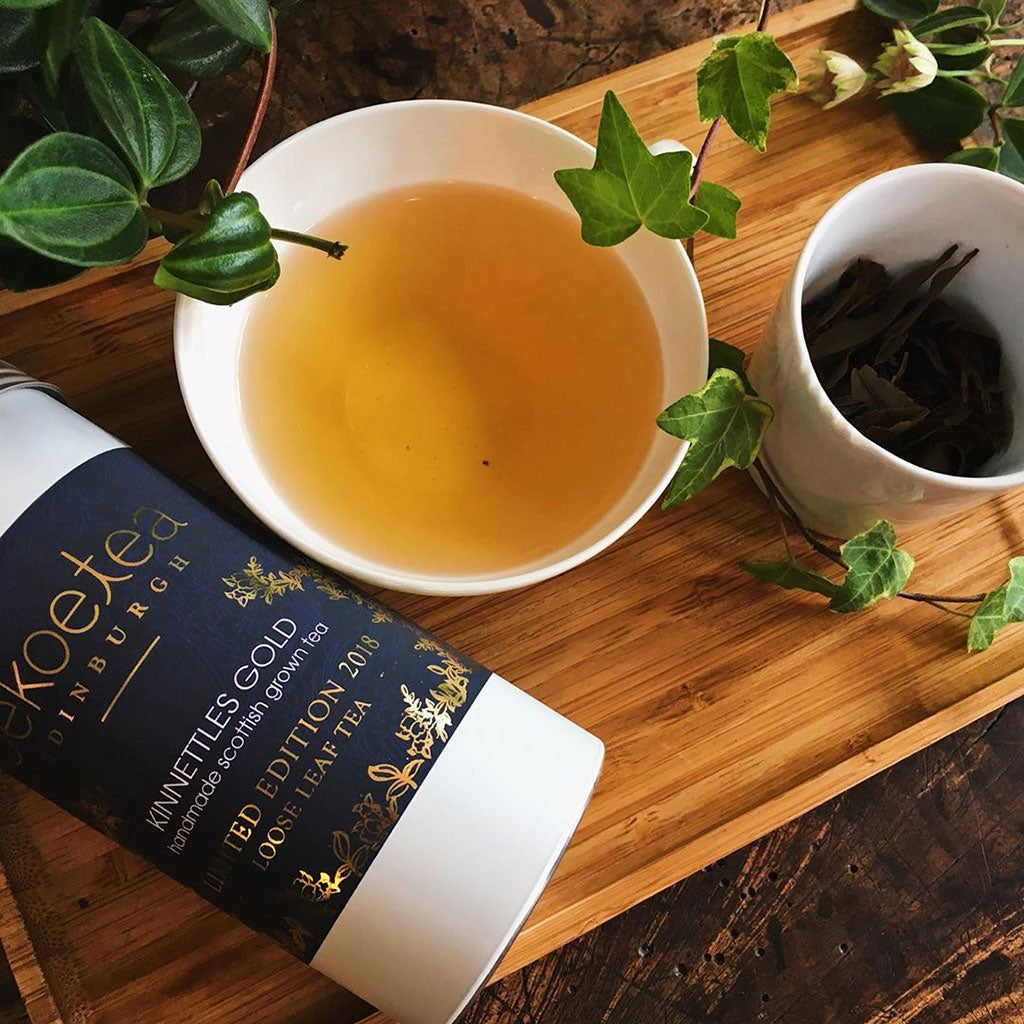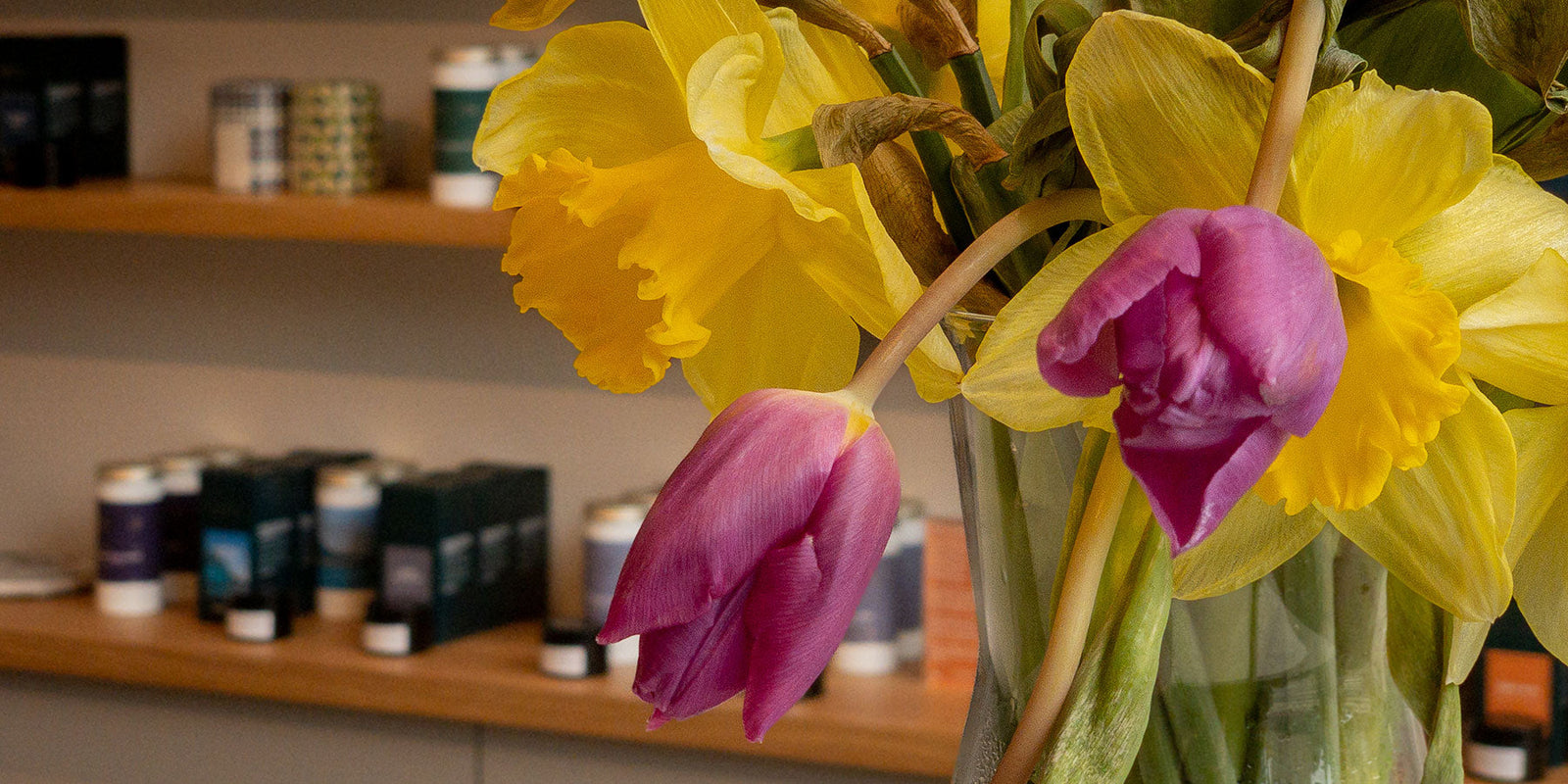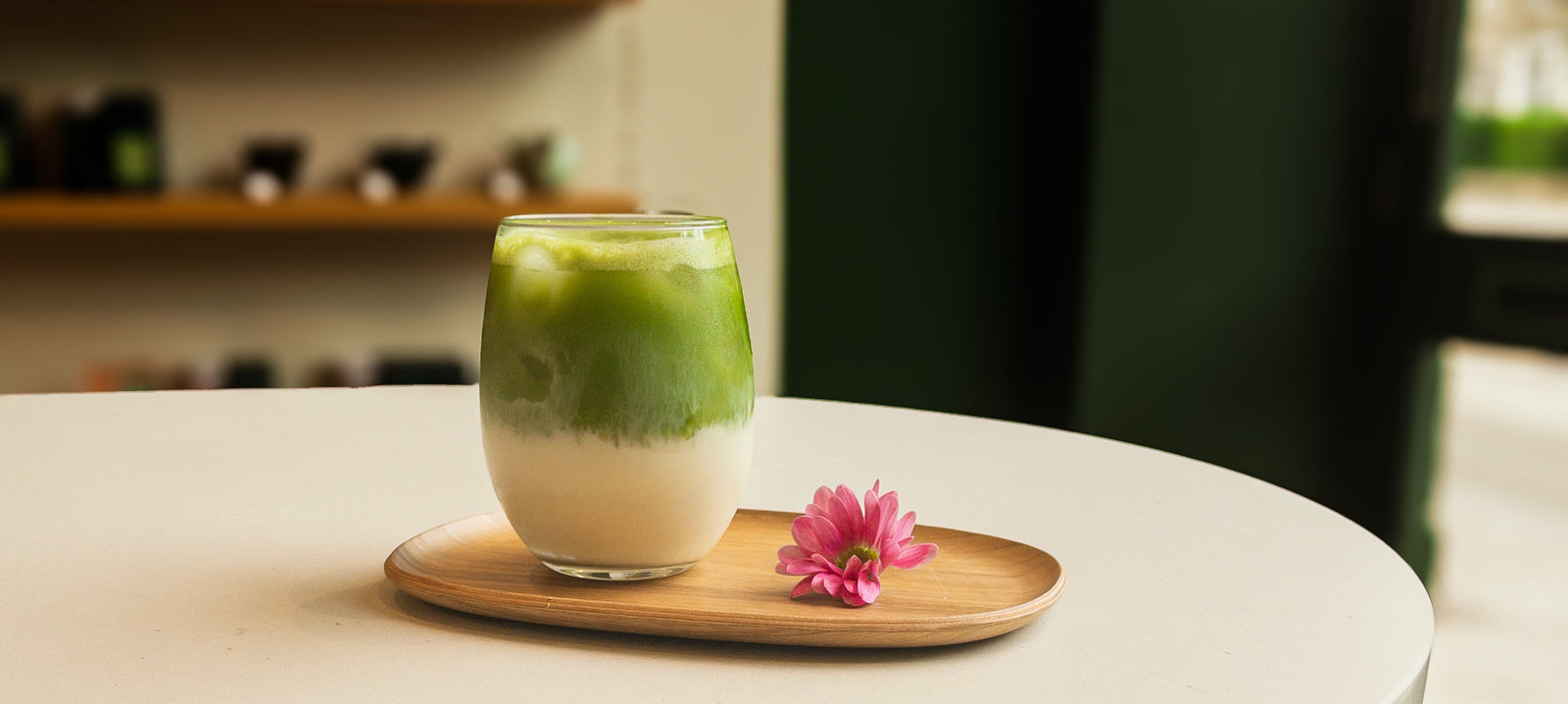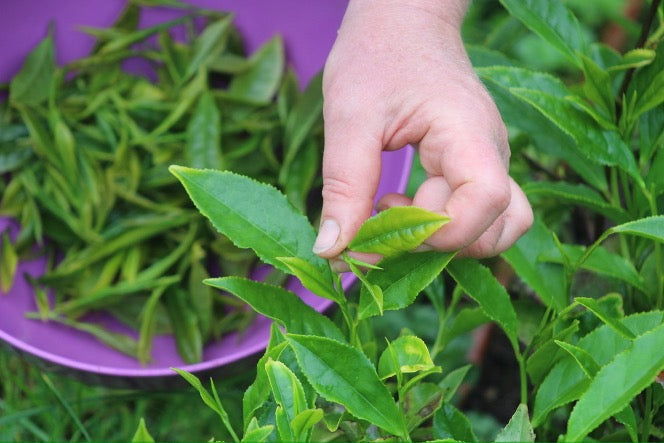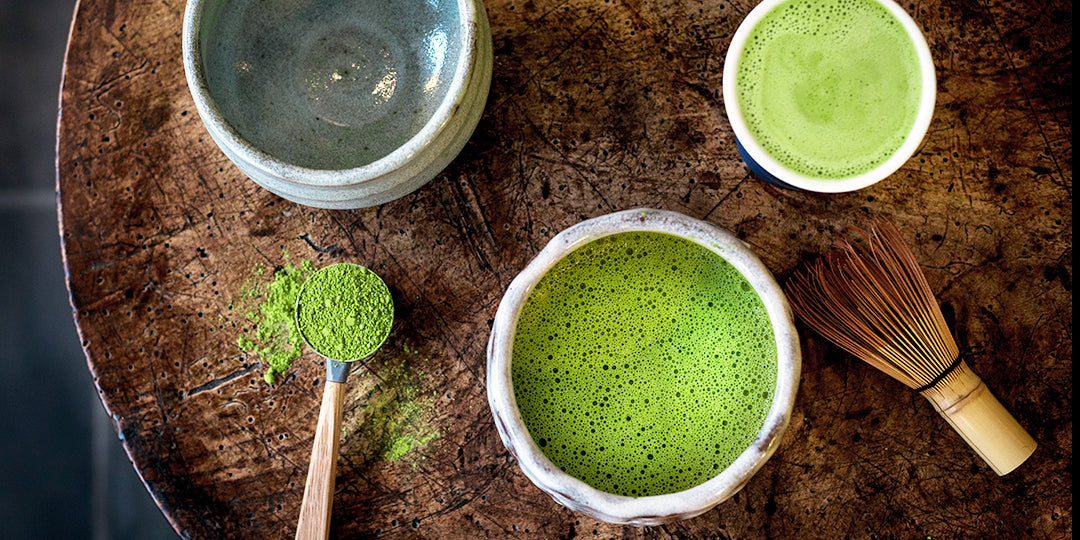As the weather warms up across some of the world's greatest tea-producing countries, tea bushes are pushing out their first buds and tiny leaves. Tea pickers will be entering the fields, and tea artisans will be starting to produce some of the world's finest teas. If you've ever heard terms like "pre-rain" or "first flush" used to describe tea, you may wonder what these descriptions mean and what makes tea harvested in spring so special. In this article, we'll delve into the lifecycle of the tea plant to explain why early spring teas should be on your shopping list.
During winter, tea plants go through a period of dormancy where they store nutrients in their roots. As temperatures rise at the beginning of spring, the plants awaken and produce new shoots. This is known as flushing. Studies show that the concentration of compounds that contribute to flavour and aroma is higher in the early spring and decreases as the year progresses. This could be because of the nutrients stored throughout the winter. It could also be because temperatures are still relatively low at the beginning of spring, causing the new leaves and buds to grow slowly, allowing more of those compounds to build up in the fresh leaves. All this means that teas picked in early spring are delicate but full of flavour.
Early spring tea is called "pre-rain" or "pre-Qingming" tea in China. This is because the best tea is traditionally considered to be from leaves picked before the rains that happen at the beginning of April, around the time of the Tomb Sweeping festival, called the Qingming festival in Chinese. The season is especially important for white and green teas. One of the most famous Chinese green teas is Longjing, from the province of Zhejiang. Pre-rain Longjing is elegant and sweet, with complexity from fruity, nutty, and sometimes biscuity aromas. Anji Baicha, another excellent green tea, has very pale, small leaves with beautiful green veins when picked in early spring.
In India, tea picked at the beginning of spring is known as "first-flush" tea. The season is particularly relevant for Darjeeling tea. First-flush and later second-flush Darjeeling teas have markedly different characters. First-flush Darjeeling is perfumed, floral, and delicately sweet. In contrast, second-flush Darjeeling is deeper, fruitier, and sometimes has a unique "muscatel" characteristic reminiscent of grapes. Both are exquisite teas, but quite different. First-flush Darjeeling may be plucked as early as February, with plants in higher-altitude gardens flushing later.
Early spring teas are typically more expensive because yields are smaller. The leaves have so much flavour because they grow more slowly than leaves later in the year. This means that the amount of tea produced in spring is lower than later in the year. In addition, the tender bud and top two leaves are usually picked by hand. Machines are not precise or delicate enough to select only newly emerging leaves.
Early spring teas, whether from China, India, or Japan, are well worth seeking out to experience their beautiful balance of sweetness, astringency, and perfume. I suggest our pre-rain Longjing. Look out for our first-flush Darjeelings that we'll be launching at the end of spring.

